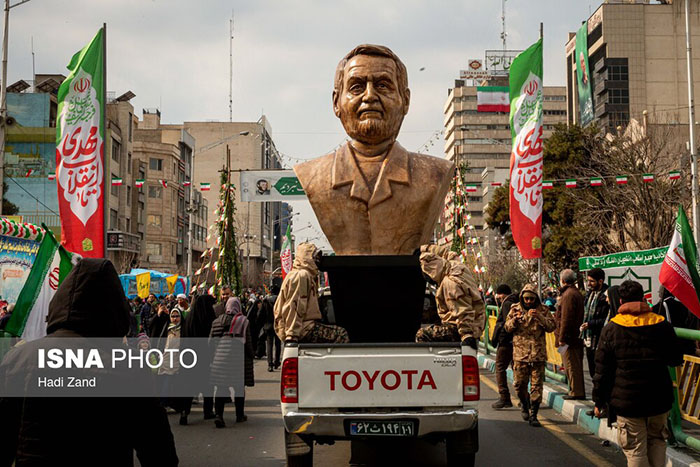The 1979 Revolution: Causes, Events, and Consequences
The 1979 Revolution, also known as the Islamic Revolution, was a significant political and social transformation that led to the overthrow of the Pahlavi monarchy and the establishment of the Islamic Republic of Iran under the leadership of Ayatollah Ruhollah Khomeini. Spanning from January 17, 1976, to February 22, 1978, this revolution was characterized by widespread participation from various social classes, ideological factions, and political movements. The revolution was unique in that it was the first to successfully bring Islamism to power in the Middle East and was the last of the classical 20th-century revolutions that relied on ideological rhetoric and mass mobilization to achieve political change.
Historical Background and Causes
The origins of the revolution can be traced back to the early 20th century when Iran experienced political and social upheavals that shaped its modern history. The coup of 1953, orchestrated by the United States and Britain to reinstate Mohammad Reza Pahlavi as Shah after the ousting of Prime Minister Mohammad Mossadegh, played a crucial role in shaping Iran’s political landscape. With the Shah back in power, he initiated sweeping reforms under the banner of the White Revolution, focusing on land redistribution, modernization, and women’s rights. While these reforms led to economic development and social change, they also contributed to growing class disparities and widespread dissatisfaction among various social groups.

